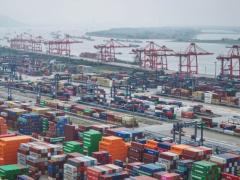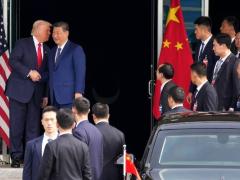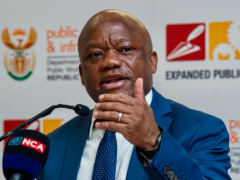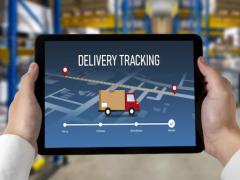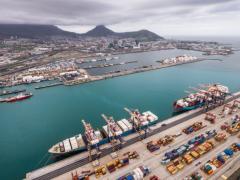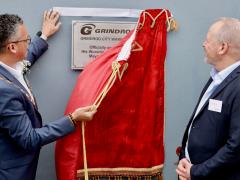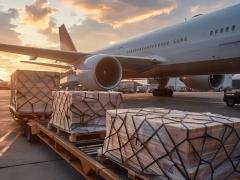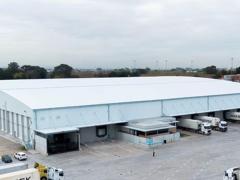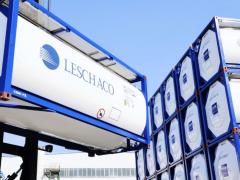Externalities add some R35 billion to the country’s transport bill, according to a project completed for Transnet Group Planning in September this year by the University of Stellenbosch. The university’s Growth and Intelligence Network (Gain), part of the US’s Centre for Supply Chain Management, measured six types of externalities – including emissions, congestion, accidents, policing and regulation, noise and land use. According to Gain’s David King, previous international and local research has proven that rail transport is environmentally more sustainable than road transport, but the aim of this project was to see if externalities added to costs and what the benefit of a modal change from road to rail would be. “The question we asked was what happens when one adds externalities to the already burdened transport bill,” said King. Speaking at the Transport Forum in Stellenbosch recently, he said the entire project was aimed at getting a more accurate representation of logistics costs in an effort to allow for better decision making. “Measuring the cost of accidents it was found that the road rate was now 4.924 c/tkm to the rail rate of 0.387 c/tkm, while congestion measured 2.5 c/ tkm for road and 1.923 c/tkm for rail.” Emissions for road were found to be 4.645 c/tkm and only 0.778 c/tkm for rail, while noise costs road 1.883 c/tkm and rail 0.019 c/tkm. While not able to measure policing for rail it was found to be 0.258 c/tkm for road, said King. Land use for road is measured at 1.003 c/tkm and 0.104 c/tkm for rail. “The total road rate calculated was 14.64 c/tkm compared to the rail rate of 1.29 c/tkm. If one looks at these figures in conjunction with the total transport costs in the country one sees how externalities add R35 billion or 19.5% to the cost of transport using the figures for 2010. This is an amount that is currently not calculated and is therefore missing from the transport bill,” he said. “In comparison externalities on rail only add R1.45 billion to the cost.” King said further study showed that potentially a massive externality cost reduction could be achieved with a modal shift from road to rail on long-distance corridors in the country. INSERT ‘The total road rate calculated was 14.64 c/tkm compared to the rail rate of 1.29 c/tkm.’ CAPTION David King … ‘Big benefits from a modal change from road to rail on long-distance corridors.’

